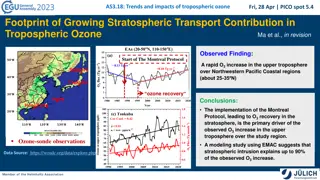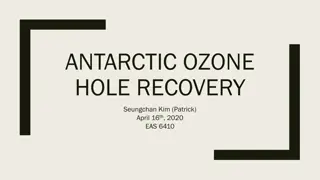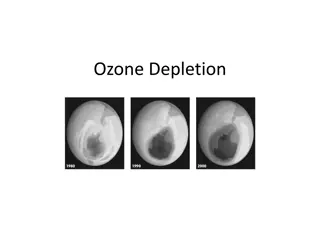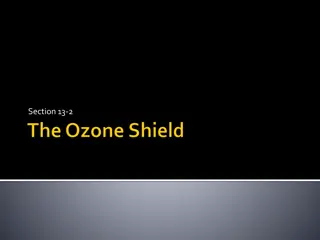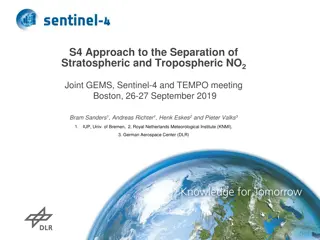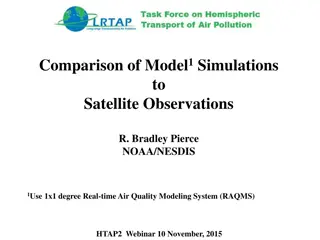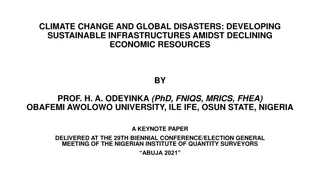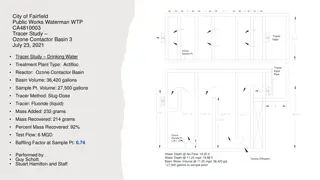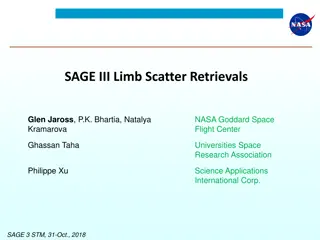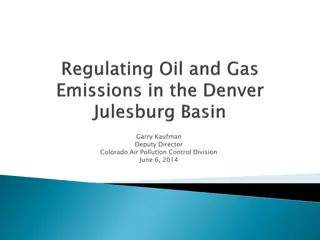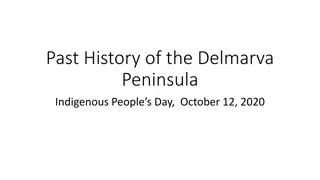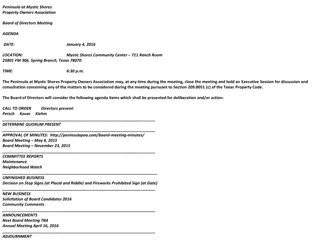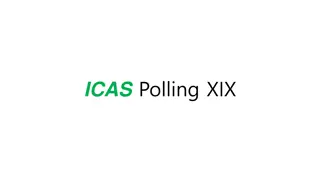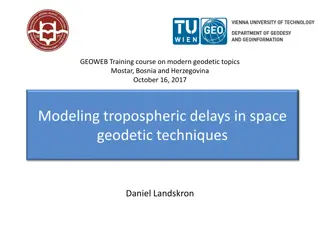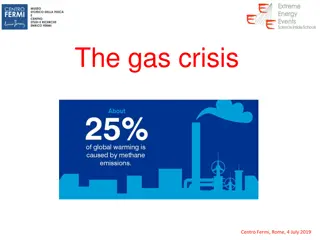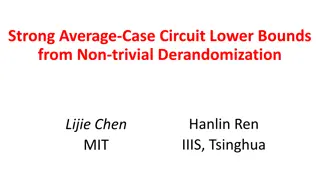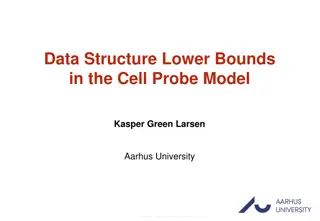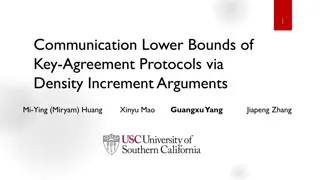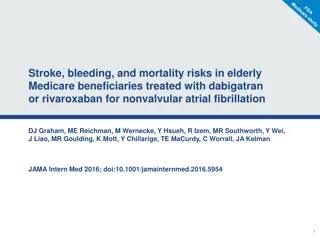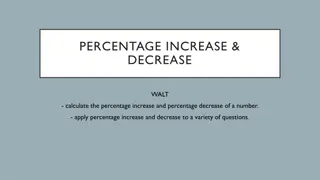Study on Lower Tropospheric Ozone Increase in Indochina Peninsula
Research conducted in Hanoi, Vietnam, reveals an increase in lower tropospheric ozone over the eastern edge of the Indochina Peninsula. The study focuses on understanding the three-dimensional distribution and temporal variation of ozone to comprehend air pollution and atmospheric variability. Findings suggest a seasonal ozone increase in the pre-monsoon period, emphasizing the importance of clarifying transportation processes and ozone sources. The study utilizes ozonesonde data and trajectory analysis to investigate ozone behavior in the region.
Download Presentation

Please find below an Image/Link to download the presentation.
The content on the website is provided AS IS for your information and personal use only. It may not be sold, licensed, or shared on other websites without obtaining consent from the author. Download presentation by click this link. If you encounter any issues during the download, it is possible that the publisher has removed the file from their server.
E N D
Presentation Transcript
The lower tropospheric ozone increase over the eastern edge of the Indochina Peninsula revealed by ozonesondes at Hanoi, Vietnam Shin-Ya OGINO, Masatomo FUJIWARA, Masato I. NODZU, Masato SHIOTANI, Fumio HASEBE, Jun MATSUMOTO, Gia Hiep HOANG
Background Hanoi, Vietnam (20N, 105E) Tropospheric ozone controls the air quality by producing OH radical a pollutant in the lower atmosphere. It is important to describe the three-dimensional distribution and its temporal variation of ozone in order to understand the air pollution and atmospheric variability. Ozonesondes at Hanoi Since September 2004 once- or twice-monthly regular ozonesonde SOWER (Soundings of Ozone and Water in the Equatorial Region) SHADOZ (Southern Hemisphere ADditional OZonesondes).
7-year mean seasonal variation of ozone mixing ratio Ogino et al., 2013 (JGR) 1) UTLS region: Minimum in winter 2) Ozone increase in pre-monsoon season
Ozone increase in pre-monsoon season Ozone increase appears at 3 km in March between double stable layers at 2 and 5 km. (c.f., Nodzu et al., 2006, J. Clim.) This implies that the high-ozone air mass around 3 km height is separated from the other regions by these stable layers. Ozone Color shade Stability (Black contour)
Ozone increase in pre-monsoon season Source of ozone Biomass burning? Surface ozone increase in March in Thailand (Pochanart et al.,2001 Why is the ozone max at Hanoi at 3 km ? Transportation process should be clarified. Ozone Color shade Stability (Black contour) Surf. Ozone in Thailand (Pochanart et al.,2001
Ozone increase in pre-monsoon season Objective clarify the transportation process and the mechanism of the ozone increase Method backward trajectories meteorological fields Data used Ozonesondes at Hanoi Operational radiosondes at Hanoi NCEP Reanalysis 2 Ozone Color shade Stability (Black contour) Surf. Ozone in Thailand (Pochanart et al.,2001
Trajectory analysis for the typical case of ozone increase in 2-4 km on Mar 12, 2007 5-day trajectories Y-Z section 5-day trajectories X-Y section 0-2 km: from the ocean in the east 2-4 km: from the land in the west or the southwest
Pressure, temperature and stability 5 days before and after the typical case High pressure and cold anomaly before and during the ozonesonde observation. Clear double stable layers
Horizontal and vertical structure X-z section of stability at 20N Z@925hPa (shade) and T@925 hPa (contour) Typical cold surge near surface Stable layer just above cold surge intrusion Vertical structure of stability Lower stable layer: near Hanoi Upper stable layer: broad extent Stability just above 925hPa
2-5 km Low O3 High O3 0-1 km Low O3 High O3
Schematic view Unstable over the land Shallow convections below the upper stable layer. Polluted air well-mixed up to the upper stable layer. The well-mixed air is advected by westerly flow, but when a cold surge is dominant, the lower level advection is blocked and the air only above the lower stable layer can reach the eastern side of Peninsula. Upper stable layer 5 km Well mixed Polluted air Lower stable layer 2 km Cold surge West East Indian Sub-continent Indochina Peninsula Hanoi This system is only established from February to April, because the land heating is not strong enough in January, and the rainy season starts in May. Ozone transport and distribution in this season is characterized not only by the seasonality of biomass burning but also by the monsoon transition from dry to rainy season.


